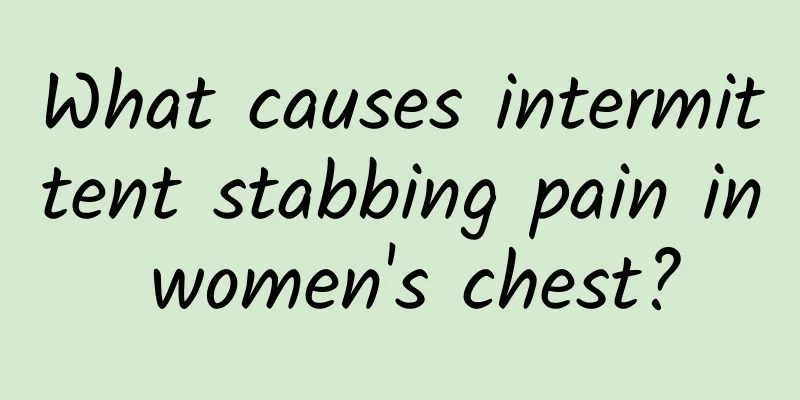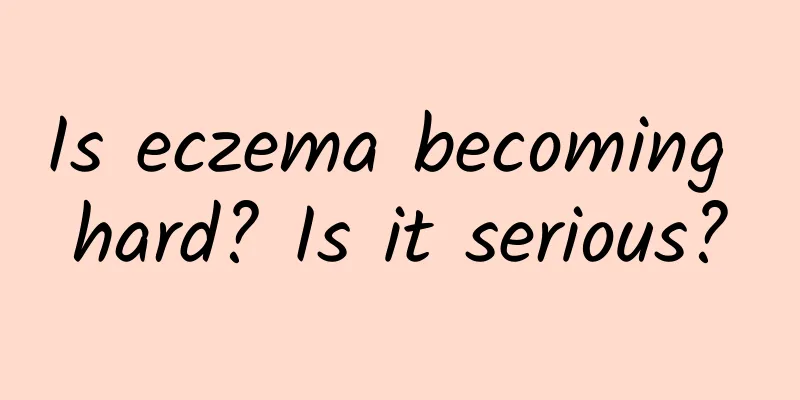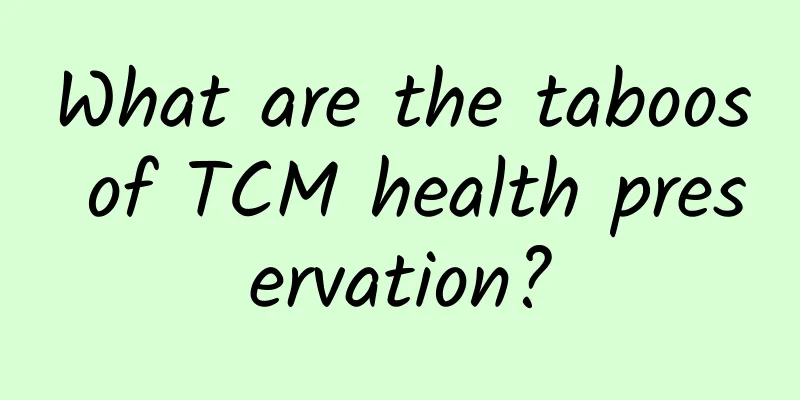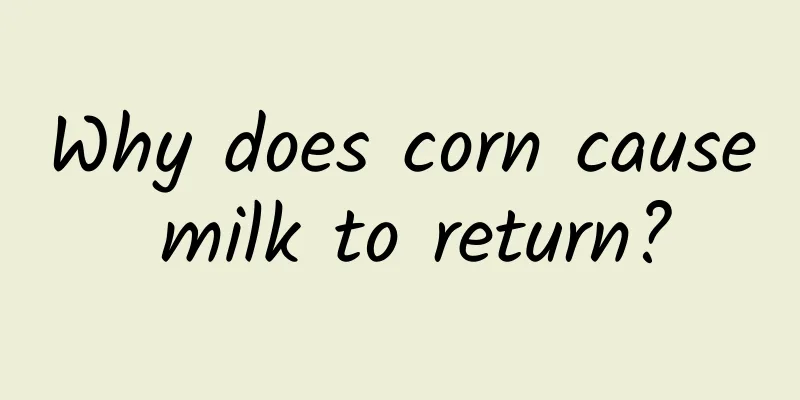What are the symptoms of fever and cramps?
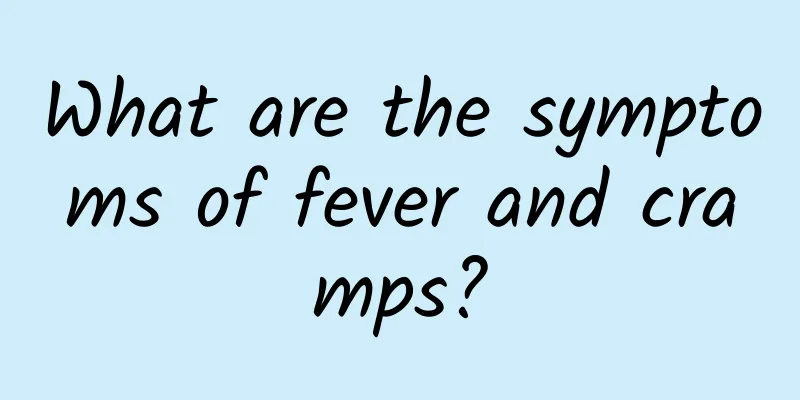
|
If a child has fever and convulsions at the same time, parents should be alert, because the child may have an intracranial or extracranial disease, or may have suffered a convulsion, so timely medical examination and treatment are required. Fever can cause great damage to children's body cells and needs to be treated promptly and correctly. What is a fever convulsion Fever and convulsions are one of the common emergencies in infancy and childhood. The professional medical name for febrile convulsions is febrile convulsion. Febrile convulsions are mainly caused by the incomplete development of the nervous system of infants and young children. Once stimulated by body heat, the body's excitement stimulates the nervous system and causes convulsions. Generally speaking, fever convulsions often occur in infants and young children between six months and four years old, especially babies who often catch colds and fevers, who are more likely to suffer from high temperature convulsions. Convulsions usually occur when the baby has a high fever, such as a body temperature of 39℃-40℃, and last for a relatively short time, about 2-3 minutes, and generally do not exceed 10 minutes. After the convulsion stopped, the child woke up. High fever convulsions are one of the more common emergencies in infancy and childhood. Sudden whole-body convulsions or rigid convulsions of localized muscle groups are its obvious characteristics, and most children who become ill are accompanied by symptoms of unconsciousness. The incidence of convulsions in children is 10 times that of adults, especially in infants and young children. High fever convulsions recurred. As children get older, the chance of a second seizure decreases. Children over 6 years old are less likely to have a febrile seizure. Causes of fever and convulsions The causes of febrile convulsions can be roughly divided into two categories: intracranial convulsions and extracranial convulsions according to the site of the lesion. 1. Intracranial diseases: viral infections (such as viral encephalitis and Japanese encephalitis), bacterial infections (such as purulent meningitis and tuberculous meningitis), brain abscesses and venous sinus thrombosis, fungal infections (such as cryptococcal meningitis), etc. Parasitic infections such as cerebral cysticercosis, cerebral malaria, cerebral schistosomiasis, cerebral paragonimiasis, and toxoplasmosis. 2. Extracranial diseases: high fever convulsions, toxic encephalopathy (severe pneumonia, whooping cough, toxic dysentery, sepsis as primary diseases), tetanus, etc. |
<<: What are the symptoms of hunger gastritis?
>>: What are the symptoms of death from pneumoconiosis?
Recommend
How to relieve cesarean section uterine contraction pain
After a cesarean section, the mother will often e...
How to protect dental health and make your teeth better
The health of our teeth also requires our careful...
What to do if you have acne on your bladder
The so-called acne on the bladder actually refers...
The efficacy, function and edible method of unicorn lotus
Unicornflower is a kind of plant in the Araceae f...
Is restlessness a symptom of anxiety?
Restlessness is a common symptom of anxiety disor...
Pathological jaundice
For children with pathological jaundice, their ph...
How to deep cleanse your skin?
We wash our faces and take a shower every day. Lo...
Is cerebral infarction scary?
Cerebral infarction is a relatively common diseas...
Corona radiata lacunar infarction
After people reach the age of 50, various disease...
What to do if you get an infection after surgery
It can be said that surgical infection is relativ...
What is pomegranate wine? What are the benefits of pomegranate wine?
I believe that everyone who has seen Stephen Chow...
Can I have sex with artificial insemination?
Artificial insemination is a medical method for t...
How can people with upper body fat lose weight effectively?
Everyone has a different body shape and different...
What to eat for baby eczema
Oatmeal Ingredients: oats, milk, a little sugar. ...
What does a woman's vulva look like?
In life, many people are very curious about the f...
